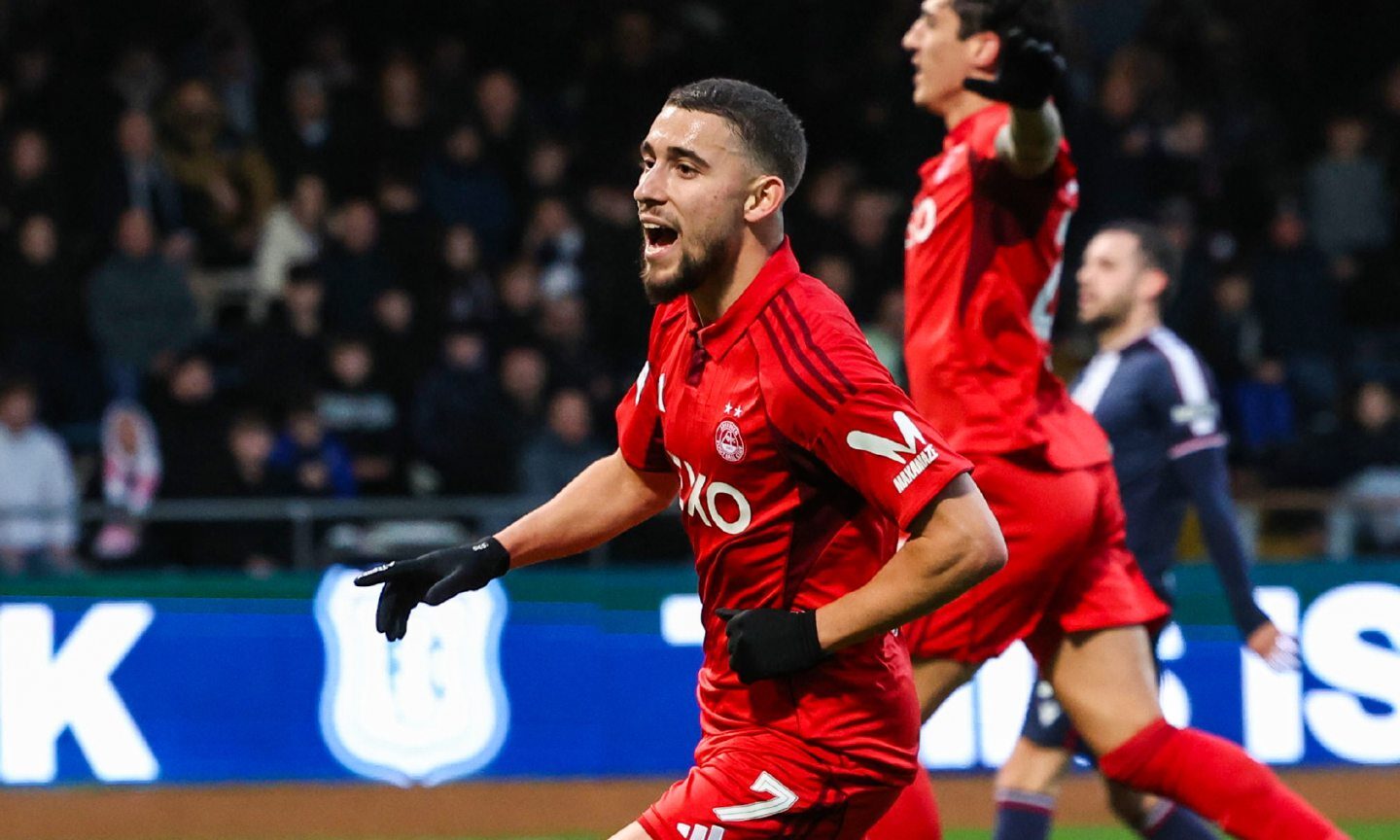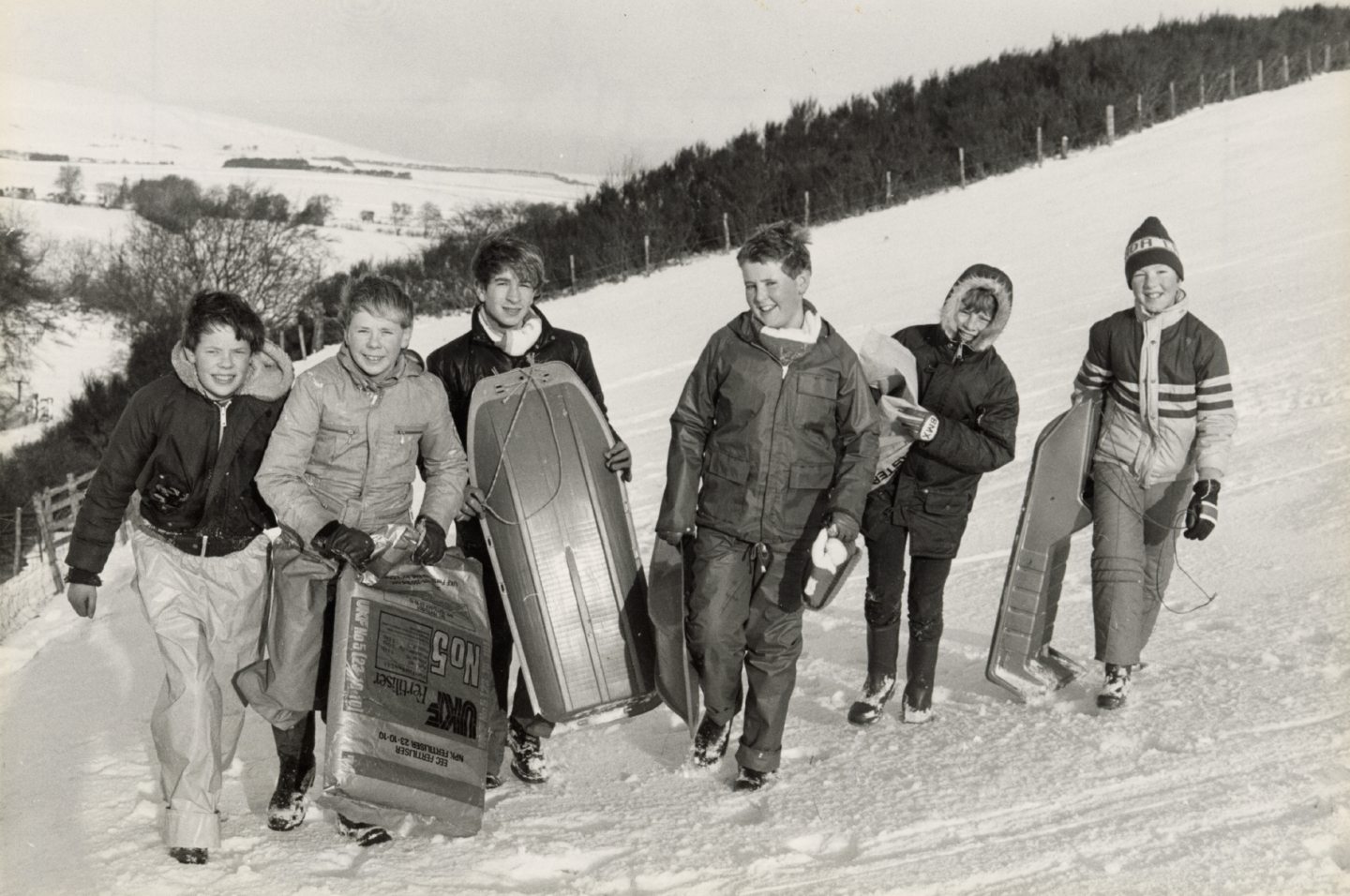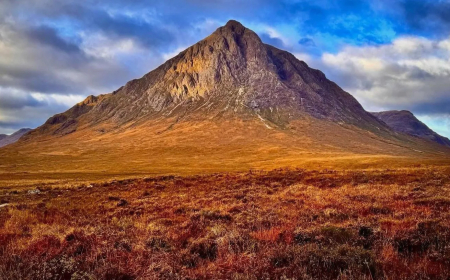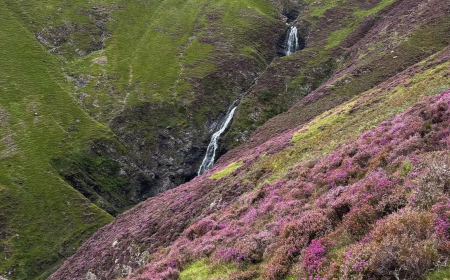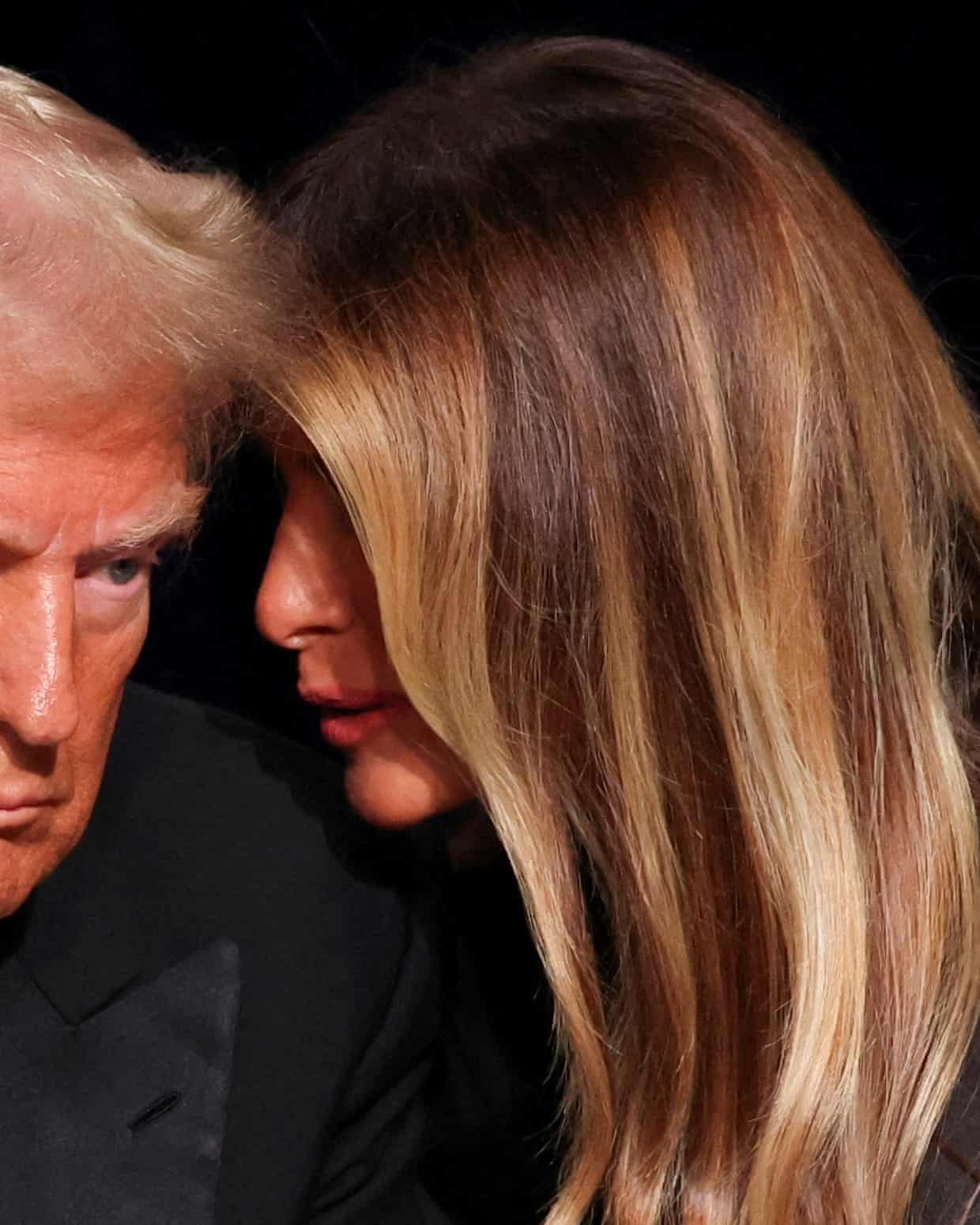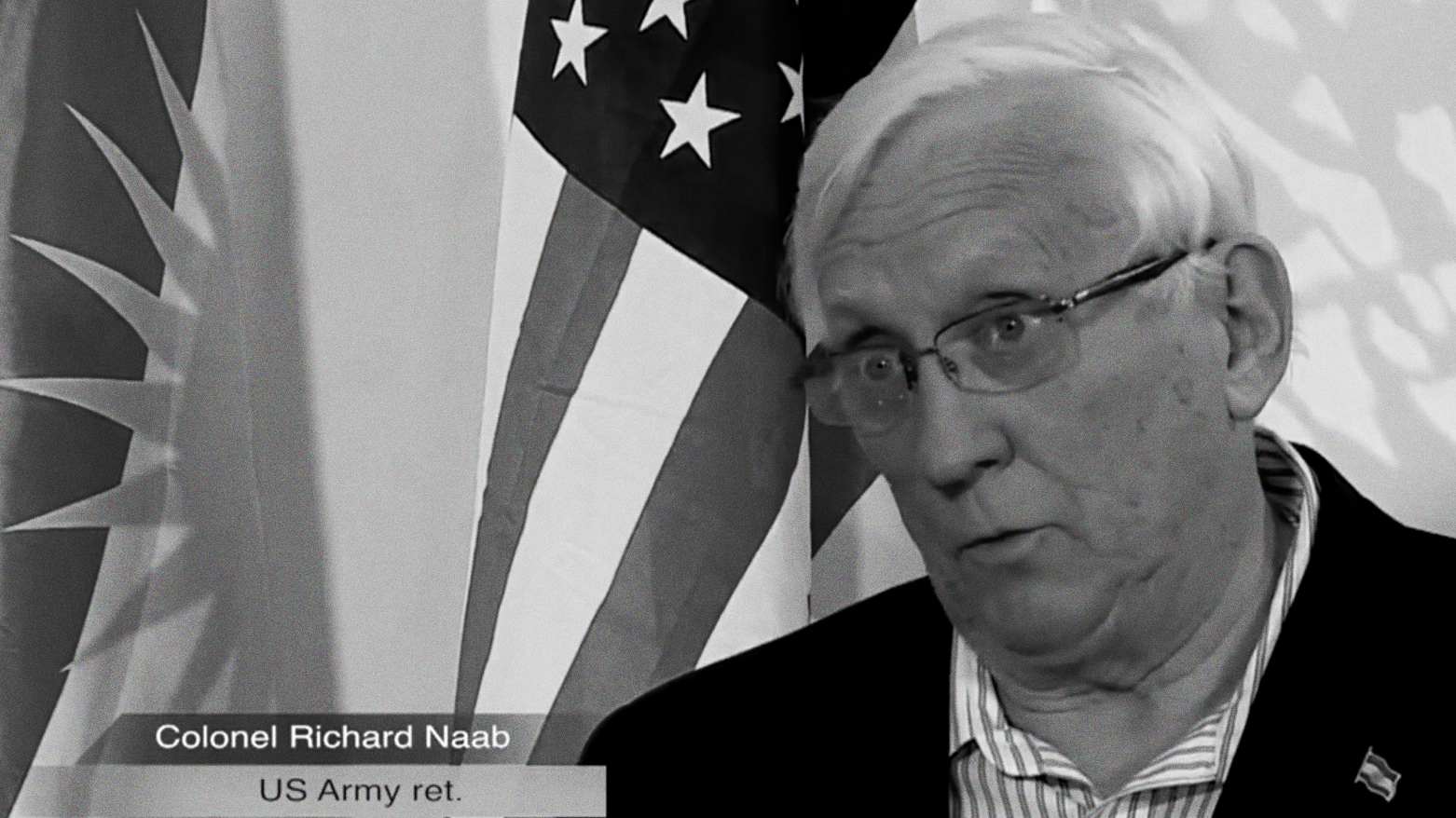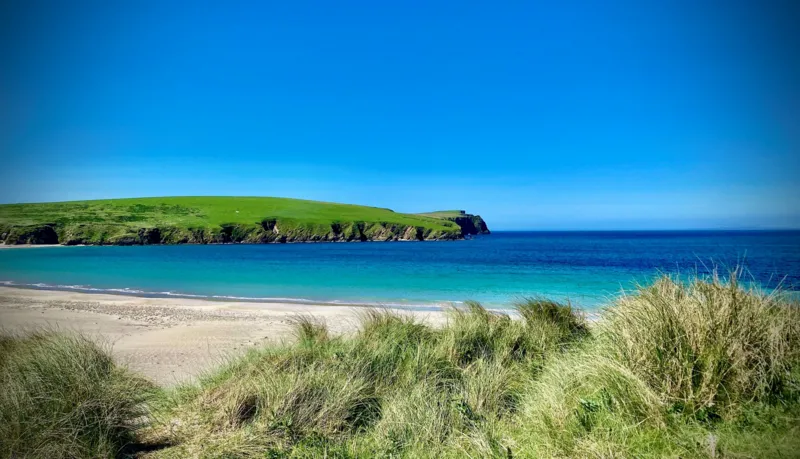The King builds a bridge over a 500-year divide in Christian faith
It was the first time a British monarch, as supreme head of the Church of England, has prayed with the Pope in public in modern history

It was the moment that made ecclesiastical history. The King and the Pope joined together in prayer, marking the public end to a 500-year-old divide and ushering the Christian faith into a new era.
It was quiet, simple and understated: blink, in fact, and you might have missed it.
The two heads of state, standing before a congregation in the Sistine Chapel, did not put their hands together, kneel or bow their heads conspicuously.
Instead, the Pope and the Archbishop of York, representing the Church of England, spoke words of prayer in unison.
“Amen,” replied the King.
It was the first time a British monarch, as supreme head of the Church of England, has prayed with the Pope in public in modern history.
For the King, who has made it his mission to bridge the gap between faiths and now within the Christian faith, it was an immeasurably important gesture.
At the Papal Basilica and Abbey of St Paul’s Outside the Wall, as the voices of choir boys soared, the King looked visibly moved as he was made Royal Confrater, a new title created for the occasion to mark the brotherhood between the Anglican and Catholic church and Charles’s personal contribution.
Cardinal James Harvey, Archpriest of St Paul’s Basilica, told a small congregation that the “significance of this visit today cannot be overestimated”, explaining that the churches of England and Rome had moved from “mutual incomprehension and suspicion” to a relationship which has grown “deeper and warmer”.
Speaking directly to the King, who sat in a throne-like chair built for him which will remain in the basilica in perpetuity, he added: “Your presence is historic by any measure or calculation.”
It marked, he said, the start of a “soul-stirring new chapter”.
The King’s face belied his emotions: when he was offered a “heartfelt welcome”, he nodded and looked down at his hands.
At times during the service, he closed his eyes, swaying a little to the Gregorian chants. No-one, it appeared, understood the significance of the day better.
The King and Queen took a moment of private prayer, on their knees in front of the Tomb of St Paul.
Vincent Nicholls, Archbishop of Westminster Cathedral, read a prayer saying: “For all who bear the burdens of illness or are weighed down by pain: that the sick may find strength in the companionship of Jesus, and in his passion know their salvation. Lord, in your mercy.”
In a short walkabout outside, he was greeted with shouts of “God save the King”.
The King and Queen had arrived at the Apostolic Palace by car on Thursday morning, greeted by the Swiss Guard and the national anthems.
Pope Leo XIV greeted them inside; the first time the King has met this Pope, the fourth pontiff with whom he has become acquainted.
Posing for an official photograph, the King joked about the “constant hazard” of the cameras.
Pope Leo, who has been in position since May, told King Charles III: “You get used to it.”
The King told the Pope it was a “pleasure to meet you, if I may say so”.
“You’re so kind to see us,” he added.
They went on to exchange gifts, which the King called a “small token of esteem and appreciation”.
The King presented the Pope with a large silver signed photograph, as per royal custom on state visits, and Icon of St Edward the Confessor.
The Pope gave the King a signed photograph of himself and scale version of the mosaic of Christ Pantocrator, in the Norman Cathedral of Cefalù, in Sicily, in return. The King is known to greatly admire mosaics as an art form.
The Queen had dressed in a black mantilla for the occasion, a mark of respect in line with Vatican protocol.
In the Sistine Chapel, trailed as the crowning moment of the day, the King, Queen, Pope and the Most Revered Stephen Cottrell, representing the Church of England, sat on yellow, throne-like seats under Michaelangelo’s Last Judgement.
Watched by a sea of black cassocks, topped with red and purple caps, the King looked around in apparent wonder at the frescoes above him.
The choirs of His Majesty’s Chapel Royal and St George’s Chapel joined the choir of the Sistine Chapel to sing Thomas Tallis’s If Ye Love Me and two psalms.
At the end of the ecumenical service, Pope Leo led the symbolic moment with the words: “Let us pray.”
“God our Father, you have created the heavens and the earth and made us in your own image: teach us to see your hand in all your works and your likeness in all your children,” he said. “Through Christ our Lord.”
The King and Queen stood with the rest of the congregation to reply “Amen” at the end of the prayer.
Immediately afterwards, the Archbishop of York, who was also officiating during the service, said another prayer with Pope Leo.
The two senior clerics said: “The grace of our Lord Jesus Christ, and the love of God, and the fellowship of the Holy Spirit, be with us all evermore.”
“Amen,” repeated the monarch, consort, and congregation.
The ecumenical service was created to mark the metaphorical joining of hands between the Catholic Church and Church of England.
Queen Camilla was heard to say that their 2025 experience of the Vatican had been “absolutely beautiful”, adding: “I couldn’t believe it. We had a wonderful tour.”
The one-day state visit left little time for other engagements.
The King met members of the Vatican’s diplomatic corp and trainee priests at the Pontifical Beda College.
As he unveiled the plaque, the King was told: “There have been many firsts in your visit. Your presence represents the first visit of a reigning monarch to one of our seminaries in recent times.
“Thank you for fostering unity today, forged in prayer.”
The Queen spent time with the Catholic sisters of the International Union of Superiors General, who work in India, the DRC, the Philippines and South Sudan to support women and children who have experience violence in conflict, poverty and human trafficking.
As the skies over Rome grew dark, the King and Queen and their entourage took off to fly home to Britain, where media coverage of the Royal family still centres on Prince Andrew and the King’s own cancer treatment.
For the King, who said he had “so enjoyed” the short visit, it will have provided a welcome moment of reflection.
[Source: Daily Telegraph]







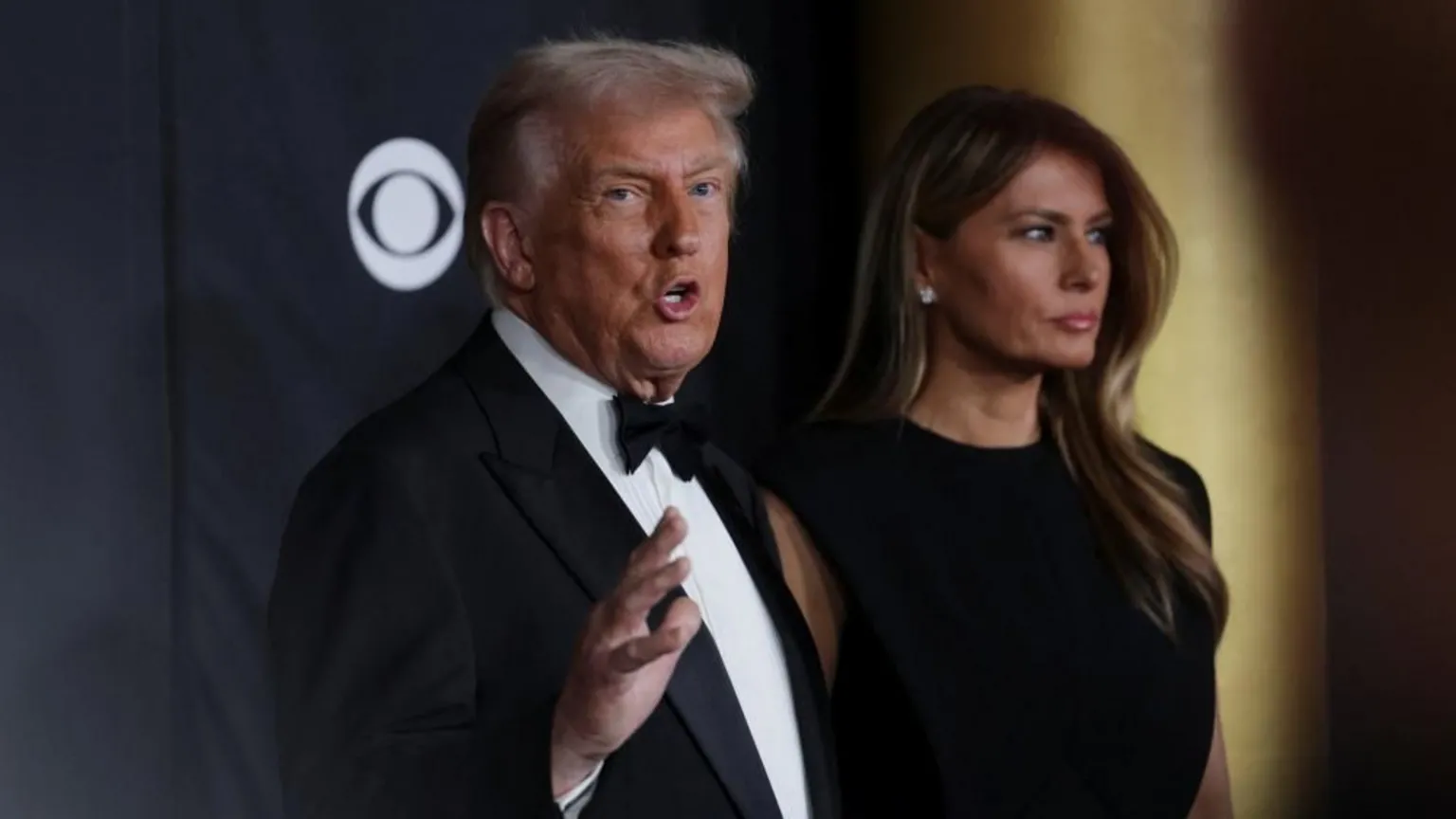

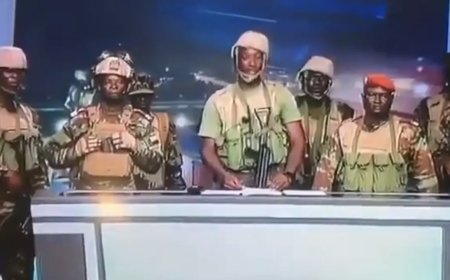






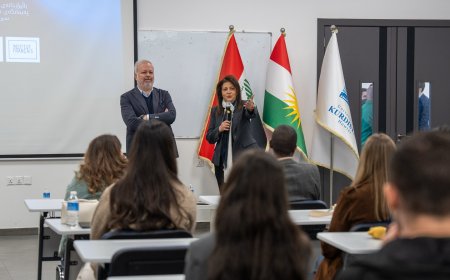
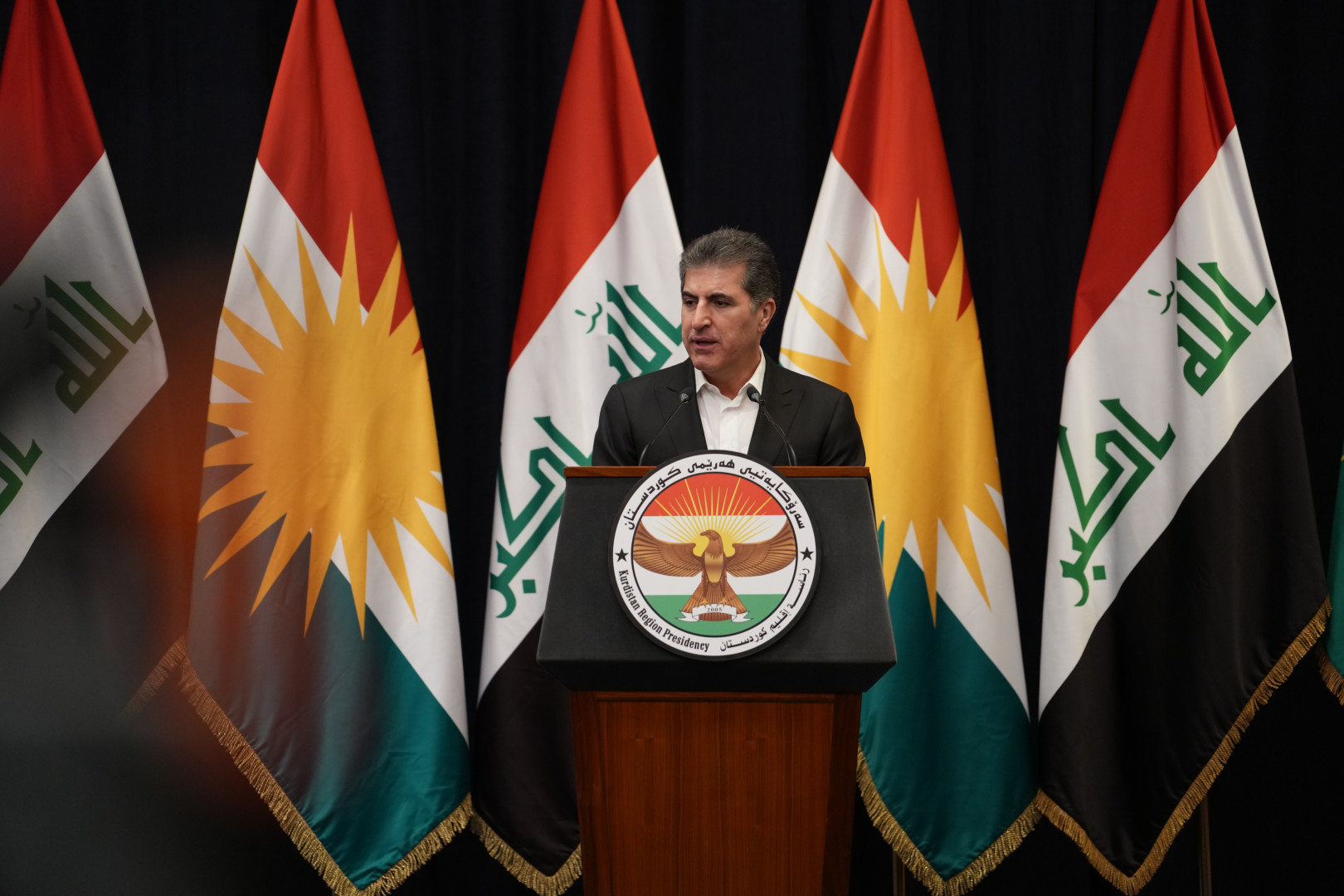
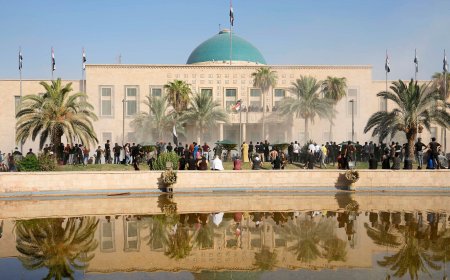

/file/attachments/orphans/20250610_UNEPDecadeonEcosystemRestoration_SouthAfricanThicket_ToddBrown_18_275286.jpg)


/file/attachments/orphans/1000146612_845134.jpg)

